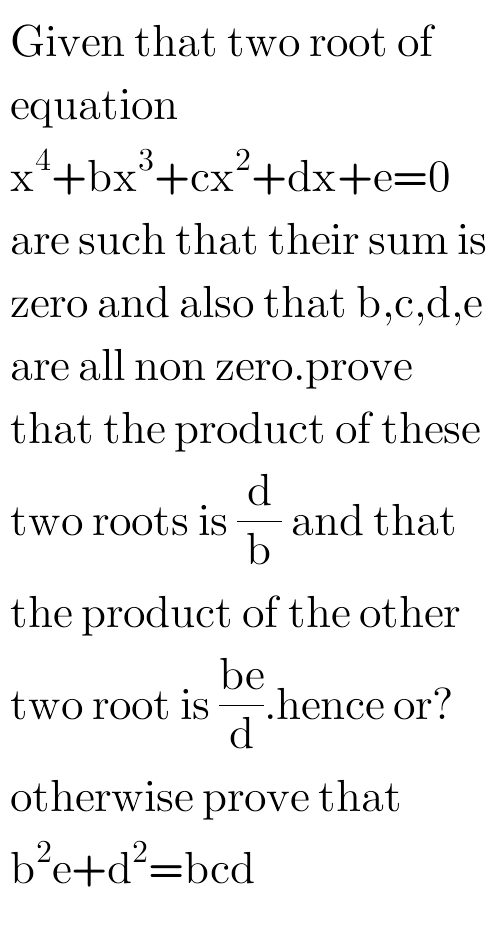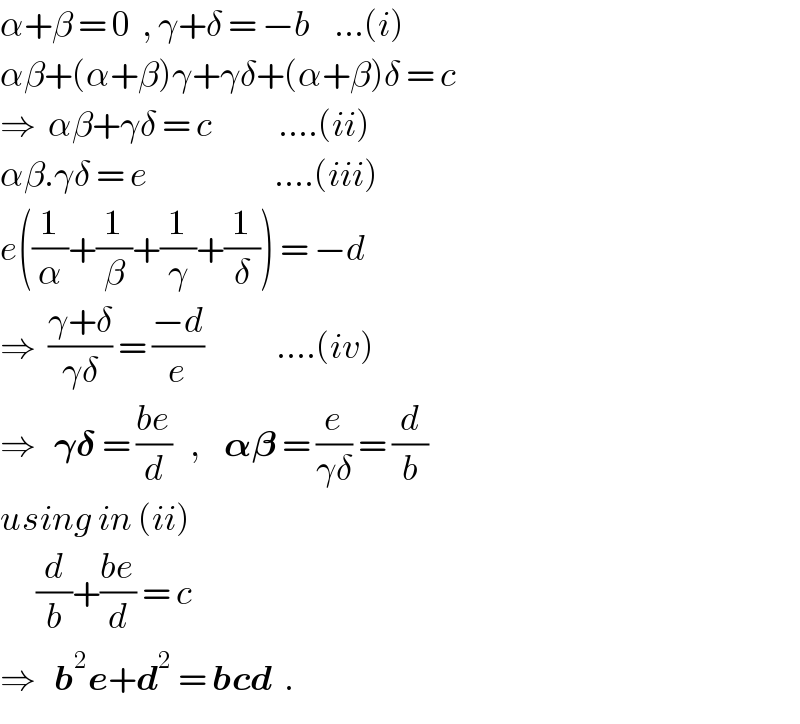
Question and Answers Forum
Question Number 50630 by peter frank last updated on 18/Dec/18

Answered by ajfour last updated on 18/Dec/18

Commented by peter frank last updated on 20/Dec/18

| ||
Question and Answers Forum | ||
Question Number 50630 by peter frank last updated on 18/Dec/18 | ||
 | ||
Answered by ajfour last updated on 18/Dec/18 | ||
 | ||
| ||
Commented by peter frank last updated on 20/Dec/18 | ||
 | ||